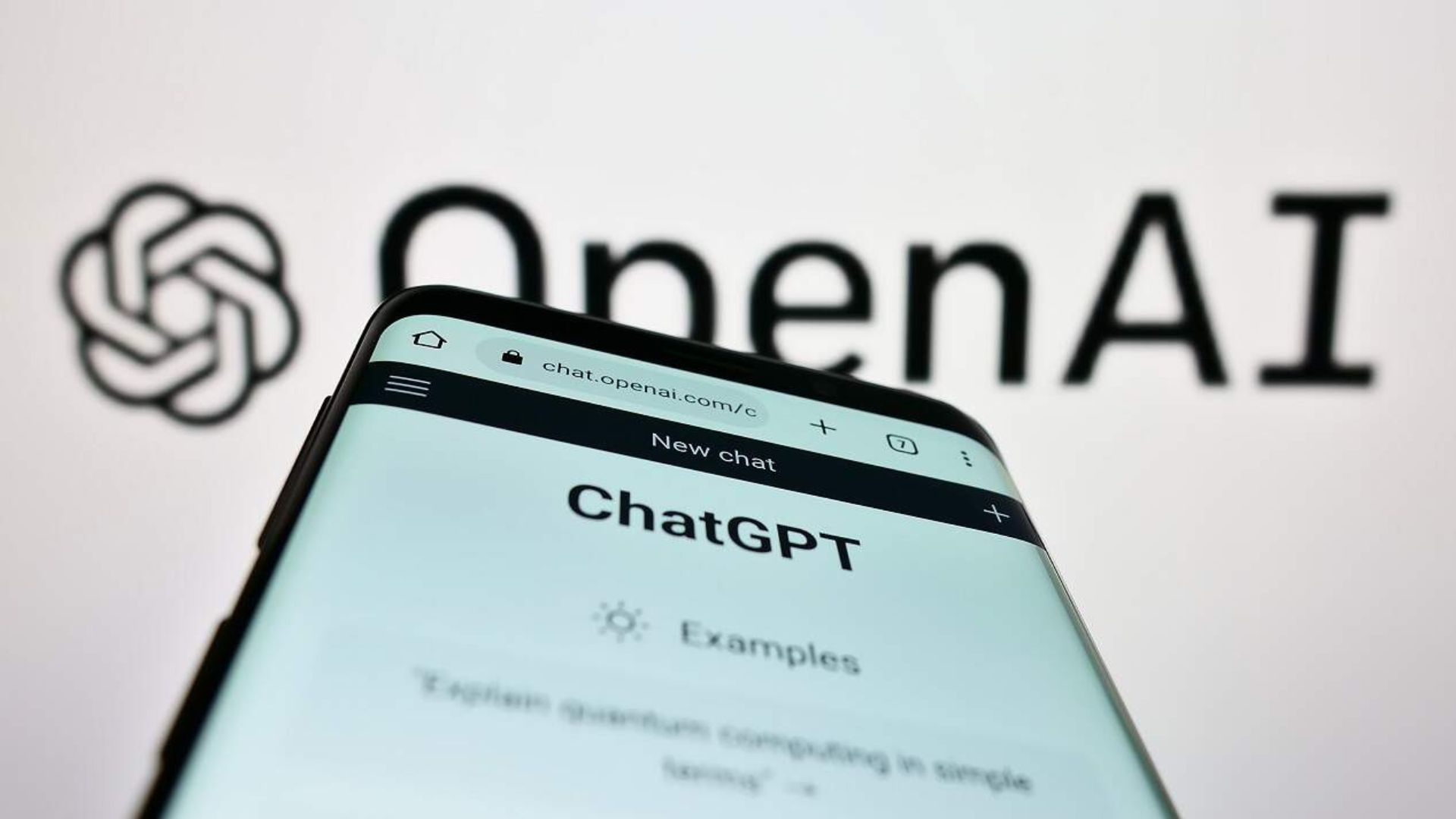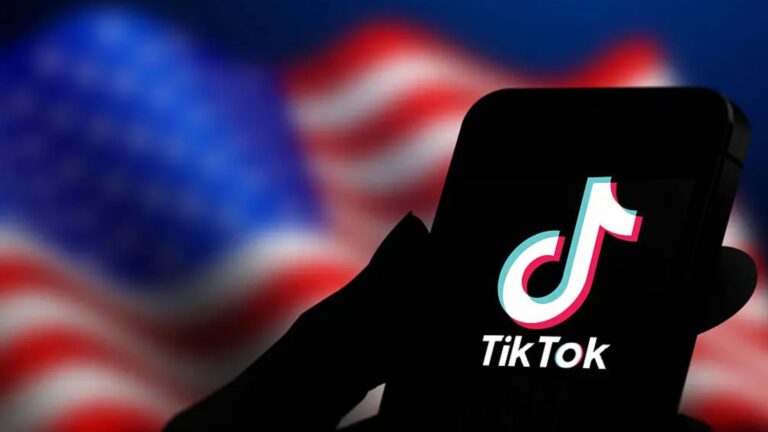
OpenAI has released groundbreaking research analyzing 1.5 million conversations from 700 million ChatGPT users worldwide, revealing that artificial intelligence has fundamentally transformed business purchasing behavior. The study shows that 90 percent of B2B buyers now incorporate AI tools into their vendor selection processes, while overall non-work ChatGPT usage has surged to 73 percent of all interactions by June 2025, up from 53 percent just one year prior (OpenAI).
AI Revolutionizes B2B Vendor Selection
The most striking finding centers on ChatGPT’s growing influence in procurement decisions. According to Forrester data cited in the study, up to 90 percent of B2B buyers now leverage generative AI during their purchasing process, fundamentally altering how businesses evaluate suppliers (Computing). Buyers increasingly conduct “vendor bake-offs” using single prompts to generate structured comparisons of competing products or services within seconds, replacing weeks of traditional research.
This AI-driven approach is compressing traditional buying cycles significantly. G2’s 2024 Buyer Behavior Report indicates that “AI Power-Users” spend only 15 percent of their time in the evaluation stage, compared with 25 percent for conventional buyers. Additionally, 72 percent of B2B buyers now encounter Google’s AI Overviews during research, with 90 percent clicking through to source materials, demonstrating AI’s pervasive influence across the entire purchasing funnel.
Workplace Usage Patterns and Professional Applications
For work-related tasks, OpenAI discovered that writing dominates professional usage at 42 percent of work-related messages, though most requests involve editing or critiquing existing text rather than creating original content from scratch. Decision support emerged as another critical use case, accounting for 14.9 percent of work-related conversations focused on “making decisions and solving problems.”
The research revealed that educated users in highly-paid professional occupations are substantially more likely to use ChatGPT for work, typically employing it as an advisor or research assistant rather than for direct task completion. Interestingly, only 4.2 percent of total messages related to computer programming, significantly lower than the 36 percent coding usage found with Anthropic’s competing Claude chatbot (CNBC).
Demographic Evolution and Global Expansion
ChatGPT’s user base has undergone dramatic diversification over the past year. The gender gap has narrowed substantially, with women now comprising 52 percent of users in 2025, up from 37 percent in early 2024. Nearly half of users sharing their age fall between 18 and 25, indicating strong adoption among younger demographics who are likely to carry these AI-integrated workflows into their professional careers.
Global expansion has been particularly pronounced in low- and middle-income countries, where adoption growth rates exceed four times those in the highest-income countries as of May 2025. This democratization of AI access represents what OpenAI characterizes as the most comprehensive study of consumer AI usage ever conducted.
Implications for B2B Marketing and Sales
The research suggests vendors must fundamentally restructure their go-to-market strategies to accommodate AI-driven buyer behavior. Traditional sales materials, case studies, and comparison charts are being supplanted by AI-generated analyses that can synthesize information from multiple sources simultaneously.
Companies are now optimizing their digital presence for AI discovery, ensuring their value propositions are clearly articulated in formats that AI tools can easily parse and compare. This includes structured data markup, comprehensive FAQ sections, and detailed technical specifications that enable AI systems to accurately represent their offerings in automated vendor comparisons.
The study indicates that buyers using AI tools are making faster, more informed decisions, but they’re also setting higher standards for vendor differentiation. As AI democratizes access to competitive intelligence, suppliers must focus on unique value propositions that clearly distinguish their offerings in AI-generated summaries and comparisons.
This transformation represents the most significant shift in B2B purchasing behavior since the advent of online research, with AI tools now serving as the primary filter through which buyers discover, evaluate, and select business solutions across virtually every industry sector.











